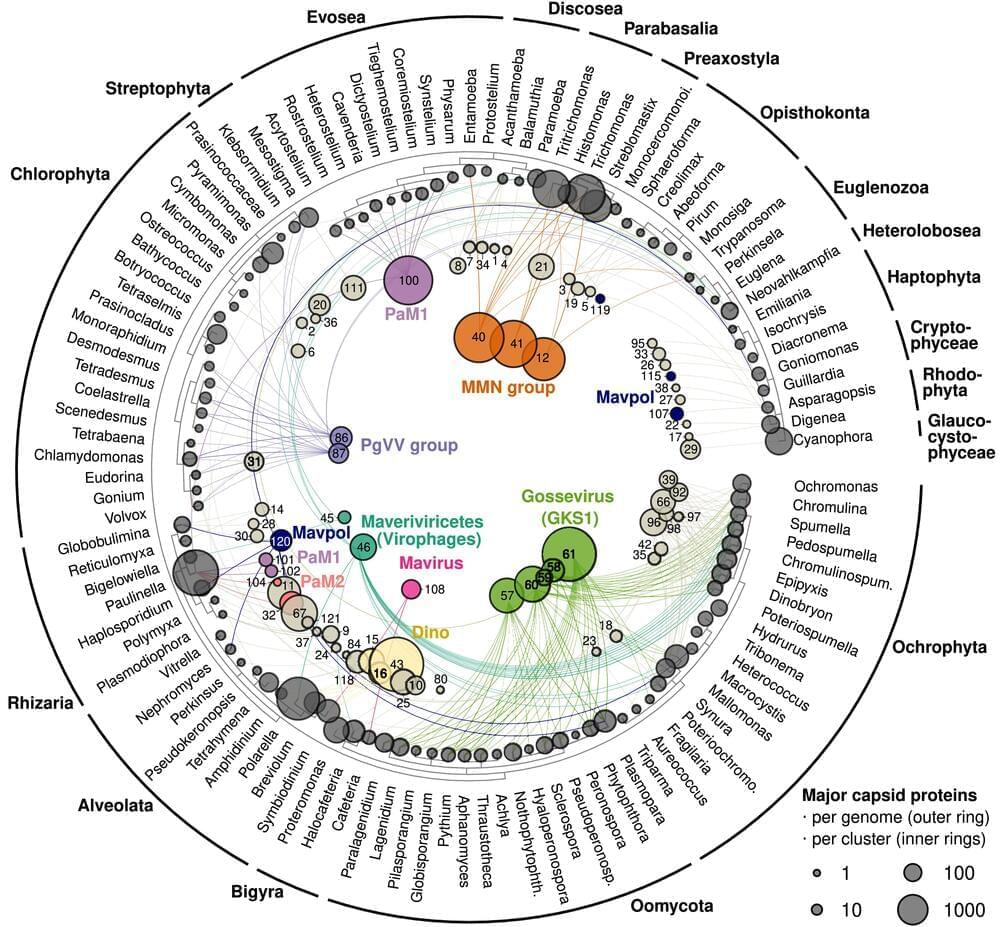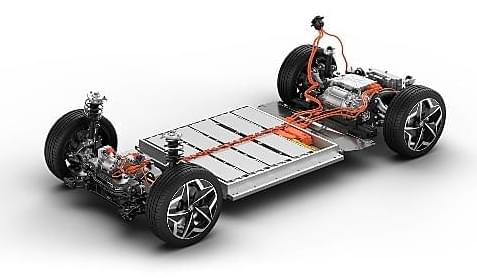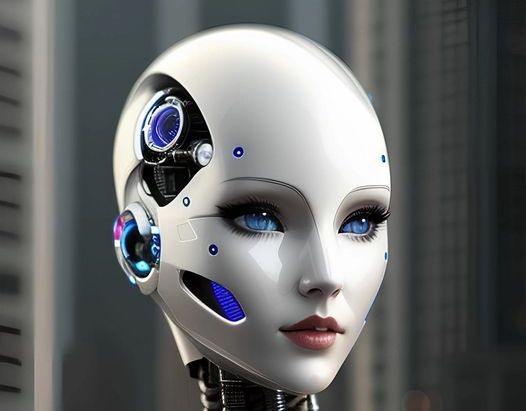Real estate rental management software — Get More Related Info & Related Results Now.
Get the latest international news and world events from around the world.


(podcast) A conversation with Frank White
Whether this “complements or contradicts existing religious value systems depends largely on the interpretation of those systems by the people who have adopted them,” said Frank. “However, my interviews with astronauts of faith suggest that their religious perspective was strengthened, rather than being weakened.”
Frank notes that his cosmology has parallels with Yuval Harari ’s “dataism,” described by Harari as the “most interesting emerging religion.” Dataism, as defined by Harari, “says that the universe consists of data flows, and the value of any phenomenon or entity is determined by its contribution to data processing.” This may sound kind of cold and metallic, but if life is an algorithm and self-awareness is data processing the parallels with Frank’s ideas are evident.
At the MVA webinar there wasn’t time to address all the points I wanted to discuss with Frank. So I had this new conversation with him. Please find below my comments and questions (all related to space philosophy, cosmic metaphysics, and religion), and listen to hear Frank’s thoughtful replies and other points that came up.
The U.S. Navy Just Admitted They’ve Created Something So Advanced It Can’t Be Stopped
For copyright contact: stienlemane2379(at)gmail.com.
Welcome to Futureunity, where we explore the fascinating world of science, technology, and the universe! From the inner workings of the human body to the outer reaches of space, we delve into the latest and most interesting discoveries that are shaping our world. Whether you’re a science buff or just looking for some mind-blowing facts, we’ve got you covered. Join us as we uncover the mysteries of the world around us and discover new frontiers in the fields of science and technology. Get ready for a journey that’s both educational and entertaining!
Disclaimer Fair Use:
1. The videos have no negative impact on the original works.
2. The videos we make are used for educational purposes.
3. The videos are transformative in nature.
4. We use only the audio component and tiny pieces of video footage, only if it’s necessary.
Copyright Disclaimer under section 107 of the Copyright Act 1976, allowance is made for “fair use” for purposes such as criticism, comment, news reporting, teaching, scholarship, education, and research. Fair use is a use permitted by copyright statutes that might otherwise be infringing.
Disclaimer:
Our channel is based on facts, rumors & fiction.

Sarah Bakewell on Posthumanism, Transhumanism, and What it Actually Means to Be “Human”
Every time a person dies, writes Russian novelist Vasily Grossman in Life and Fate, the entire world that has been built in that individual’s consciousness dies as well: “The stars have disappeared from the night sky; the Milky Way has vanished; the sun has gone out… flowers have lost their color and fragrance; bread has vanished; water has vanished.” Elsewhere in the book, he writes that one day we may engineer a machine that can have human-like experiences; but if we do, it will have to be enormous—so vast is this space of consciousness, even within the most “average, inconspicuous human being.”
And, he adds, “Fascism annihilated tens of millions of people.” Trying to think those two thoughts together is a near-impossible feat, even for the immense capacities of our consciousness. But will machine minds ever acquire anything like our ability to have such thoughts, in all their seriousness and depth? Or to reflect morally on events, or to equal our artistic and imaginative reach? Some think that this question distracts us from a more urgent one: we should be asking what our close relationship with our machines is doing to us.
Jaron Lanier, himself a pioneer of computer technology, warns in You Are Not a Gadget that we are allowing ourselves to become ever more algorithmic and quantifiable, because this makes us easier for computers to deal with. Education, for example, becomes less about the unfolding of humanity, which cannot be measured in units, and more about tick boxes.
AI generated news presenter ‘Fedha’ unveiled in Kuwait | English News | WION
An artificial intelligence-generated virtual news presenter that will read internet bulletins has been unveiled by a Kuwaiti media organisation.
On Saturday, “Fedha” appeared as a picture of a woman with her light-colored hair exposed and wearing a black jacket and a white T-shirt on the Twitter account of the Kuwait News website.
“Hello, my name is Fedha, and I work for Kuwait News as the country’s first artificial intelligence-based presenter. What sort of news do you like to read? I’d want to hear your thoughts,” she said in traditional Arabic.
#ai #fedha #wion.
About Channel:
WION The World is One News examines global issues with in-depth analysis. We provide much more than the news of the day. Our aim is to empower people to explore their world. With our Global headquarters in New Delhi, we bring you news on the hour, by the hour. We deliver information that is not biased. We are journalists who are neutral to the core and non-partisan when it comes to world politics. People are tired of biased reportage and we stand for a globalized united world. So for us, the World is truly One.
Please keep discussions on this channel clean and respectful and refrain from using racist or sexist slurs and personal insults.
Check out our website: http://www.wionews.com.

Large-scale invasion of unicellular eukaryotic genomes
Eukaryotic genomes contain a variety of endogenous viral elements (EVEs), which are mostly derived from RNA and ssDNA viruses that are no longer functional and are considered to be “genomic fossils.” Genomic surveys of EVEs, however, are strongly biased toward animals and plants, whereas protists, which represent the majority of eukaryotic diversity, remain poorly represented. Here, we show that protist genomes harbor tens to thousands of diverse, ~14 to 40 kbp long dsDNA viruses. These EVEs, composed of virophages, Polinton-like viruses, and related entities, have remained hitherto hidden owing to poor sequence conservation between virus groups and their repetitive nature that precluded accurate short-read assembly. We show that long-read sequencing technology is ideal for resolving virus insertions. Many protist EVEs appear intact, and most encode integrases, which suggests that they have actively colonized hosts across the tree of eukaryotes. We also found evidence for gene expression in host transcriptomes and that closely related virophage and Polinton-like virus genomes are abundant in viral metagenomes, indicating that many EVEs are probably functional viruses.

Battery Technology Advancing At A Good Clip
Electric vehicles feature lithium-ion battery packs today. They are heavy. But in the future lithium-air batteries that are more energy dense, lighter, and smaller could revolutionize EV design.
Lithium-air provides 4x greater energy density, and gets the oxygen needed in the chemical process from the surrounding air.

Intelligence Explosion — Part 1/3
The GPT phenomenon and the future of humanity in the face of advances in Artificial Intelligence.
The Age of Artificial Intelligence is an increasingly present reality in our daily lives. With the rise of technologies such as Natural Language Processing (NLP) and Artificial Neural Networks (ANN), the possibility of creating machines capable of performing tasks that were previously exclusive to humans has emerged.
One of these technologies is the Generative Pre-trained Transformer, better known as GPT. It’s the Large Language Model (LLM) developed by OpenAI.
OpenAI was founded in San Francisco, California in 2015 by Sam Altman, Reid Hoffman, Jessica Livingston, Elon Musk, Ilya Sutskever, Peter Thiel, among others, who collectively pledged $1 billion. Musk resigned from the board in 2018, but continued to be a donor to the project.